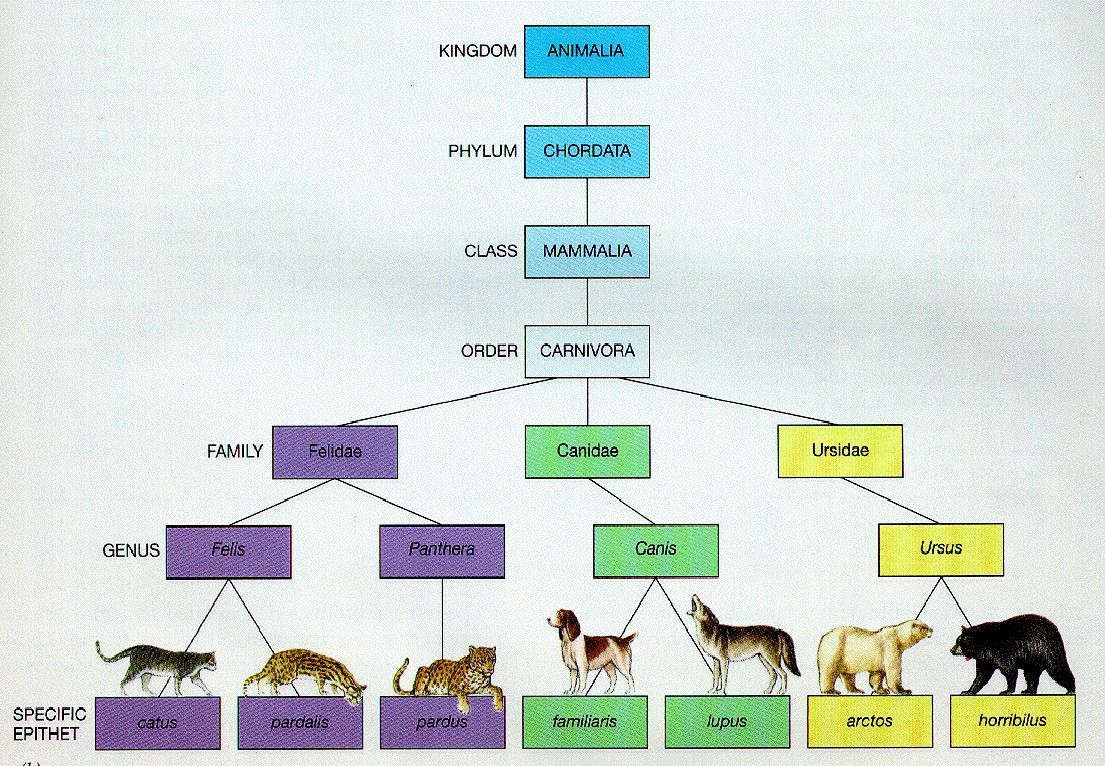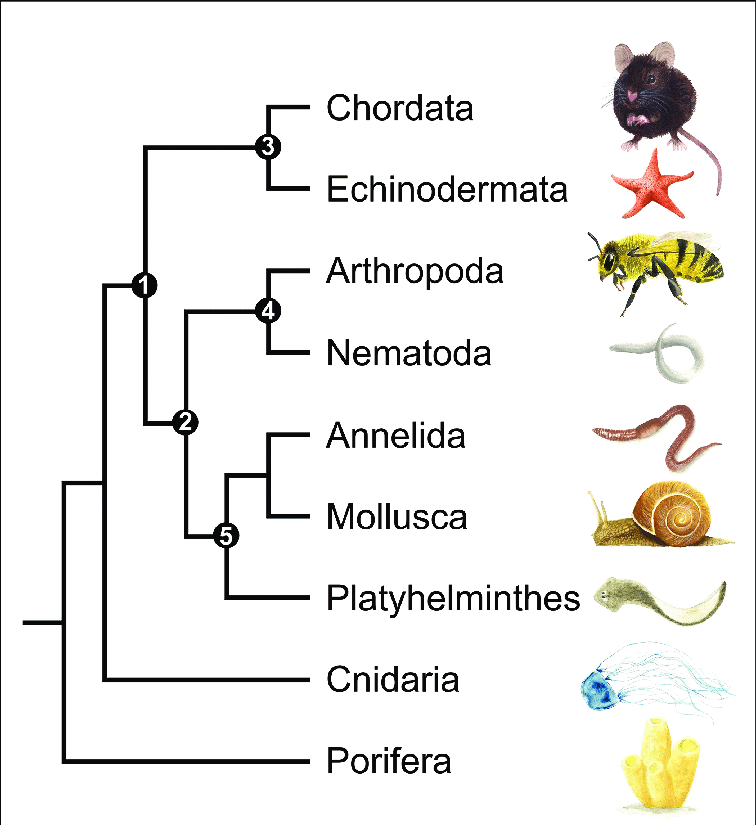Animals Overview and Classification Study Guide
Introduction
Animal classification must be considered to understand how all living organisms are related. Species are arranged according to their characteristics according to the Linnaeus Method. The system of animal kingdom classification was founded by the Swedish botanist Carolus Linnaeus in the 1700s.
Linnaean taxonomy of animals is a science of classifying organisms, also known as the Linnaeus method. This method gives scientific names to animals originating from Latin; for example, wolves are classified as Canis lupus.
Biological Classification
The more features an animal provides, the more specific that animal classification group is. The primary method of biological classification is as follows:
- Domain
- Kingdom
- Phylum
- Class
- Order
- Family
- Genus
- Species
Characteristics of Each Kingdom
All living species can be differentiated between one of six different animal kingdom classifications:
-
Animals– This kingdom includes all living and extinct animal species, which are all multi-celled organisms that can not produce their own food.
-
Plants– Complex and multicellular autotrophic organisms that produce their food through photosynthesis.
-
Fungi– Members of this kingdom are multicellular organisms that can not produce their own food.
-
Protista– Includes algae and amoebas and is more complex than eubacteria or archaebacteria.
-
Eubacteria– All bacteria are considered in this kingdom except archaebacteria.
-
Archaebacteria The oldest living organism that are found in extremely hot areas.
Animals Phylums
Following are some of the major phyla that constitute the animal kingdom:
-
Phylum Porifera are sponges, which means marine animals with no fixed shape that are free living. A new sponge can be regenerated from the detached cells of pre-existing sponge. Two layers of loosely arranged cells create the body wall with mesenchyme between them.
-
Phylum Cnidaria are coelenterates and are radially symmetrical members of the phylum Cnidaria, and their tissues do not form organs. Examples are jellyfish and anemones.
-
Phylum Platyhelminthes are bilaterally symmetrical animals that are typically parasitic flatworms that lack in any circulatory and respiratory systems. They do not possess an anus but have a mouth, and their mode of reproduction is internal. Parenchyma, a type of connective tissue, packs the organs of the flatworms, and precautions are taken to ensure minimum incidences of self-fertilization.
-
Phylum aschelminthes are triploblastic organisms with a pseudocoelom located between the gut and the body wall. Internal fertilization and opposite reproductive organs are present in different organisms.
-
Phylum Annelida are the more complex Platyhelminthes; they contain the nervous system, respiratory system, and sense organs.
-
Phylum Mollusca is the largest marine phylum; almost ¼ of the marine species fall in this category. Invertebrates with soft unsegmented bodies.
-
Phylum Arthropoda are invertebrate animals that have an exoskeleton and segmented bodies. This is the largest phylum by species count.
Chordates and Non-Chordates
Chordates are of the phylum Chordata and are animals with the presence of notochord at some stage during their creation; they possess a hollow nerve cord and pharyngeal gill slits and hold a post-anal tail. Chordates are bilaterally symmetrical, triploblastic, and coelomate with the organ system level of organization. The body contains a closed circulatory system.
Non-chordates are animals with the absence of notochord, a rod-like elastic structure that supports the body; this phylum includes a small group of worm-like marine species. Sexes cannot be distinguished among the members; sexual and asexual both modes of reproduction are involved. Respiration in non-chordates animals takes place through gills, trachea, or body surface.
Members of the Hemichordate, Echinodermata, Mollusca, Coelenterate, Ctenophora, Arthropoda, Platyhelminthes, and Annelida phyla fall under non-chordates.
✅ Conclusion
-
Animal classification is an important system to understand how all living organisms are related; animals are divided into specific categories as per their features.
-
All living species can be differentiated between one of six different animal kingdom classifications: Animal, plants, fungi, Archaebacteria, Protista, and Eubacteria.
FAQs
1. What are the eight levels of biological classification?
- Domain
- Kingdom
- Phylum
- Class
- Order
- Family
- Genus
- Species
2. What are the 6 kingdoms of biological classificaton?
- Animals
- Plants
- Fungi
- Protista
- Eubacteria
- Archaebacteria
3. what are the six classes of animals?
The basic classes of animals: invertebrates, fish, mammals, amphibians, reptiles, and birds
We hope you enjoyed studying this lesson and learned something cool about Animals – Overview and Classification! Join our Discord community to get any questions you may have answered and to engage with other students just like you! Don’t forget to download our App to experience our fun, VR classrooms – we promise, it makes studying much more fun! 😎
Sources
-
Animals: Overview Study Guide. https://flexbooks.ck12.org/studyguides/biology/animals-overview-study-guide.html?encodedID=SCI.BIO.703&courseContextID=5292077 Accessed 9 Dec, 2021.
-
Animal Classification. https://www.ck12.org/biology/animal-classification/lesson/Animal-Classification-BIO/ Accessed 9 Dec, 2021.
-
Animal Kingdom. https://www.vedantu.com/biology/animal-kingdom


